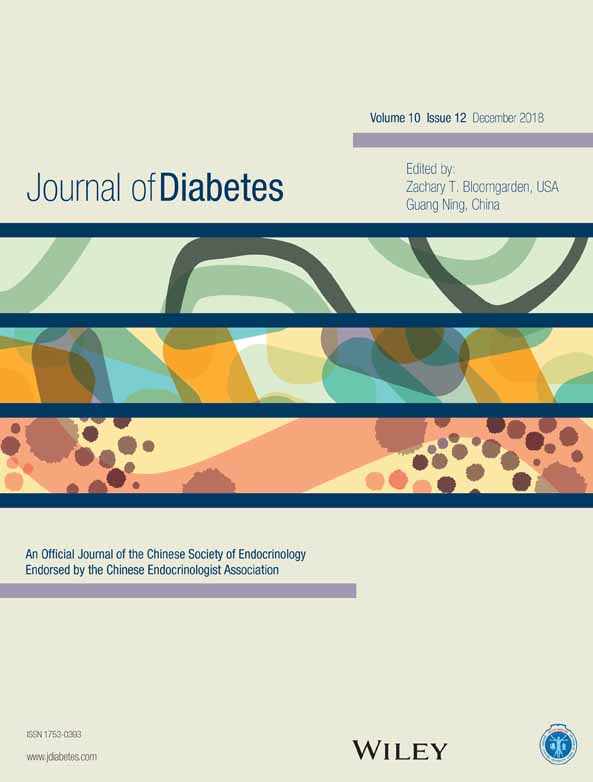Association between urinary tin concentration and diabetes in nationally representative sample of US adults†
在具有全国代表性的美国成年人样本中尿锡浓度与糖尿病之间的关系
Abstract
enBackground
Animal studies indicate that chronic exposure to certain tin compounds induces pancreatic islet cell apoptosis and glucose intolerance. However, little is known about the health effects of environmental tin exposure in humans. Therefore, we evaluated the association of tin exposure with diabetes in a nationally representative sample of US adults.
Methods
We used data from a nationally representative population (n = 3371) in the National Health and Nutrition Examination Survey 2011–14. Diabetes (n = 605) was defined as self-reported physician's diagnosis, HbA1c ≥6.5%, fasting plasma glucose ≥126 mg/dL, or 2-h plasma glucose ≥200 mg/dL. Tin concentrations in urine samples were determined by inductively coupled plasma mass spectrometry. Logistic regression with sample weights was used to estimate the odds ratios (ORs) of diabetes and 95% confidence intervals (CIs).
Results
Urinary tin concentrations were higher in individuals with diabetes (weighted median 0.58 μg/L) than those without diabetes (0.39 μg/L). After adjustment for urinary creatinine and other diabetes risk factors, the OR of diabetes comparing the highest with lowest quartile of urinary tin concentrations was 1.6 (95% CI 1.0–2.6; Ptrend = 0.02).
Conclusions
Environmental tin exposure was positively and significantly associated with diabetes in US adults.
Abstract
zh摘要
背景
动物研究表明, 长期接触某些锡化合物可诱导胰岛细胞凋亡并且导致葡萄糖耐量受损。然而, 人类在接触环境中的锡后对健康有何影响目前却鲜为人知。因此, 我们在一个具有全国代表性的美国成年人样本中评估了锡接触与糖尿病之间的关系。
方法
我们使用的数据来自于2011-14年全国健康与营养检查调查中的一个具有全国代表性的人群(n = 3371)。糖尿病(n = 605)定义为自我报告的医师诊断、HbA1c ≥ 6.5%、空腹血糖≥ 126 mg/dL、或者餐后2小时血糖≥ 200 mg/dL。使用电感耦合等离子体质谱法来测定尿样中的锡浓度。使用样本权重的logistic回归来评估糖尿病的风险比(ORs)以及95%置信区间(CIs)。
结果
糖尿病患者的尿锡浓度(加权中位数值为0.58 μg/L)高于非糖尿病患者(0.39 μg/L)。校正尿肌酐和其他糖尿病危险因素后, 发现尿锡浓度处于最高四分位数的受试者与处于最低四分位数的受试者相比糖尿病的风险比为1.6(95% CI为1.0-2.6;Ptrend = 0.02)。
结论
美国成年人接触环境中的锡与糖尿病之间呈显著正相关。




